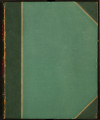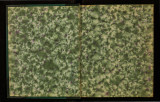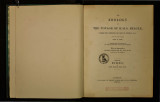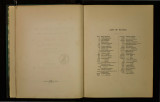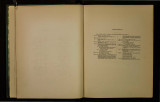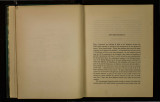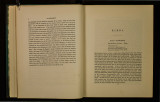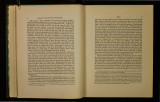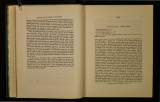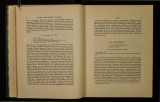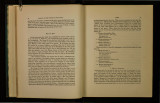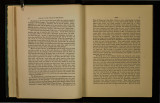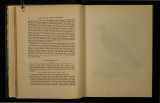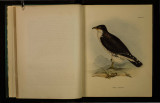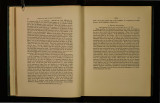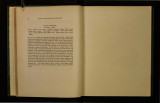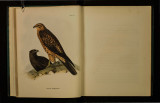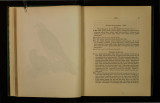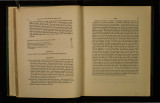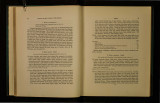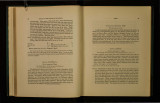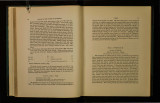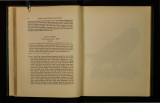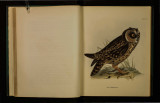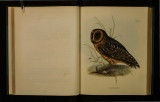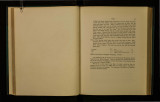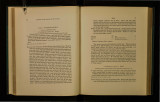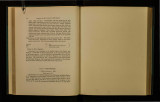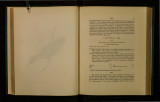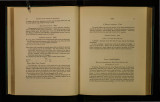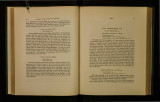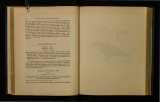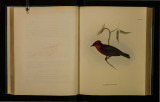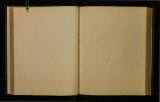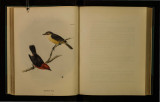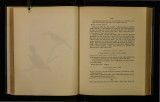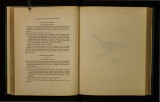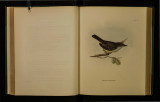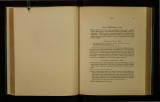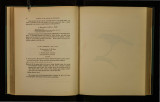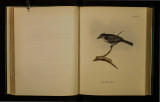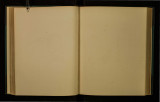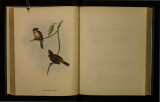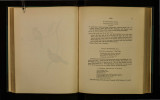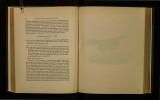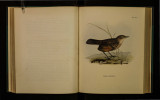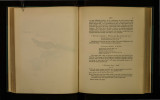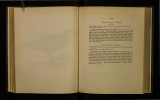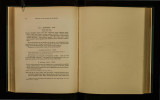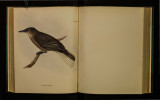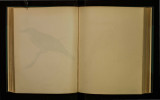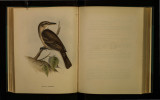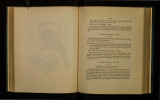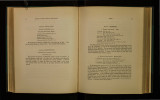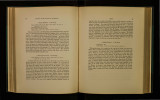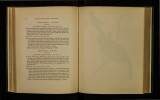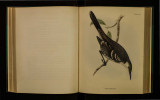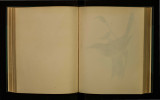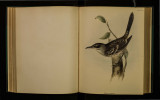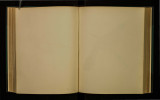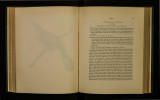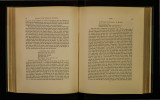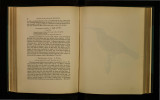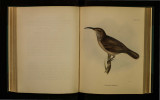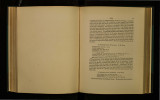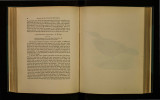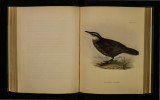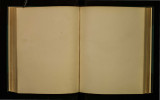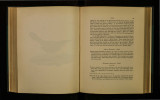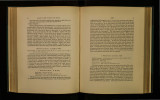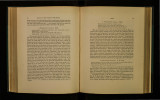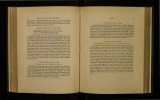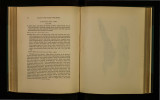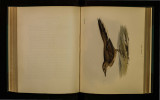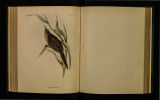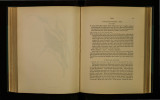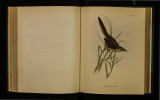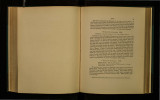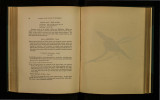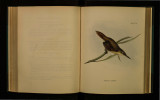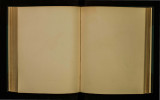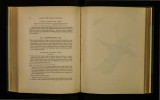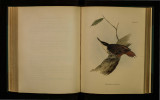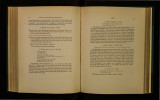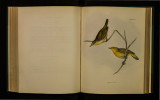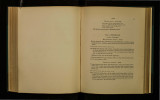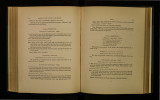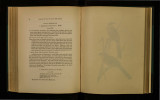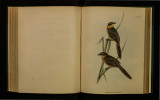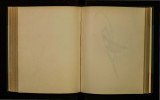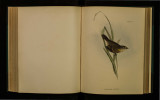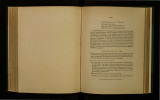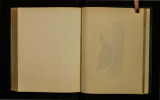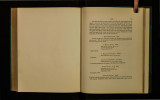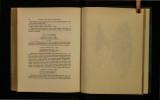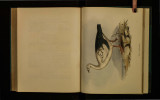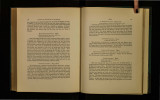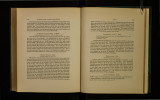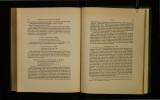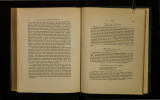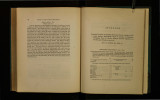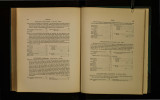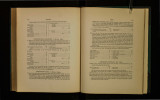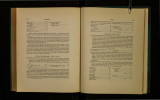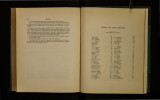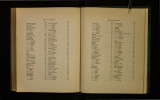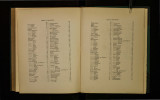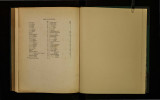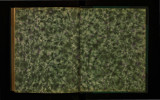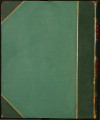| OCR Text |
Show 12 ZOOLOGY OF TilE VOYAGE OF THE BEAGLE. form h·k e t h e p '. B ·z· · m1'ngled with the other carrion-feeding hawks on the ras~ zenszs, . h' h banks of the Plata; and there is now in the British Museum a speci.men, w ~c b 'd ed as partly an albino. Spix, on the other ham], (Avmm Species may e consi er f B ·1 b · N ovre, p. 3 .) has described some specimens from t.h e c. oast o razi , as emg remarkable from the darkness of the plumage of the1r wmgs. MIL v AGO, Spix. Several new genera have lately been established to receive c~rtain ~peci~s of the sub-family of Polyborince, and consequently great confuswn exists m their arrangement. Mr. George R. Gray has been kind enough to give me .t~e following observations, by which it appears he has clearly made out, that Sp1x s genus Milvago, is that which ought to be ret.ained. M. D'Orb.igny has m~de two sections in the genus Polyborus, accordmg as the craw 1s covered w1th feathers, or is naked, and he states that the P. Brasiliensis is the only species which comes within the latter division; but we shall afterwards see that the Falco Novce Zelandice, Auct. (the Milvago leucurus of this work) ·has a naked craw, which is largely protruded after the bird has eaten. M. D'Orbigny has also instituted the genus Pltalcobcenus, to receive a bird of this sub-family, with the following characters : " Bee fortement comprime, sans aucune dent ni sinus, a commissure tresarquee a son extremite; eire alongee et droite; un large espace nu entourant la partie anterieure et inferieure de l'ceil, et s'etendant sur toute la mandibule inferieure ; tarses emplumes sur un tiers de leur longueur, le reste reticule ; doigts longs, semblables a ceux des gallinaces, termines par les ongles longs, deprimes et elargis, tres-peu arques, toujours a extremite obtuse ou fortement usee; ailes de la famille, la troisieme penne plus longue que les autres." Mr. George R. Gray, however, has pointed out to me that Spix, (in his Avium Species Novre) ten years since, made a division in this sub-family, from the rounded form of the nostril of one of the species, namely, the M. ochrocepltalus of his work, or the Cltimacltima of Azara. And Mr. Gray thinks, that a1l the species may be grouped much more nearly in relation to their affinities by this character, than by any other : he further adds ;-" The only difference which I can discover between this latter genus (Milvago), and D'Orbigny's (Pltalcobcenus), is, that in the latter the bill is rather longer, and not quite so elevated in the culmen as in the former; and these characters must be considered too trivial for the foundation of a generic division. I, therefore, propose to retain Spix's genus, Milvago, for all those Polyb01·ince which possess rounded nostrils witlt BIRDS. 13 an elevated bony tubercle in the centre. They were once considered to form three distinct genera, viz.-Milvago,Spix. (Polyborus, Vieill. Haliaetus, Ouv. Aquila, Me!Jen.) -Senex, Gray. (Circaetus, Less.)-Phalcobrenus, D'Orb. but a careful comparison of the several species, shows a regular gradation in structure from one to the other, which induces me to consider them as only forming two sections of one genus. Those which have the bill short, with the culmen arched, and are of small size, slender form, and with the tarsi rather long and slender, are- 1. Milvago ochrocephalus, Spix. Poly horus chimachima; Vieill. (young). Falco degener, Licht. Haliaetus chimaohima, Less. 2. Mi1vago pezoporos, nob. Aquila pezopora, Meyen. 3. Milvago chimango, n. Polyborus chimango, Vieill. llaliaetus chimango, Less. Those which have a buteo-like appearance, and with rather short and stout tarsi, are, 7. Milvago leucurus, n. Falco leucurus, Fm·ster'1 Drawings No. 34. Falco N ovre Zealandioo, Gm. - Australis, Lath. Circaiitus antarcticus, Less. 8. Milvago albogularis, n. Polybonts (Phalcobrenus 1) albogularis, Gould. 9. Milvago montanus, n. Phaloobrenus montanus, D'Orbig. 10. Milvago megalopterus, n. Aquila megaloptera, Meyen. 1. MILVAGO PEZOPOROS. Aquila pezopora, Meyen. Nov. Act. Phys. 1\Ied. Acad. Ores. Leo. Car. Nat. Cur. suppl. 1834. p. 62. pl. VI. I obtained two specimens of this bird, one from Port Desire, in Patagonia, and another at the extreme southern point of Tierra del Fuego. Meyen • describes it as common on the plains of Chile, and on the mountains to an elevation of 4000 or 5000 feet. As M. D'Orbigny does not notice this species, I presume it is not found on the Atlantic side of the continent, so far north as the Rio Negro, where he resided for some time. The habits and general appearance of M. cltimango and this bird are so entirely similar, that • N ovorum Actorum Academire Cresarire, Lcopol. vol. xvi. p. 62. Obscn·ationcs Zoologicas, F. J. Mrycnii. |


